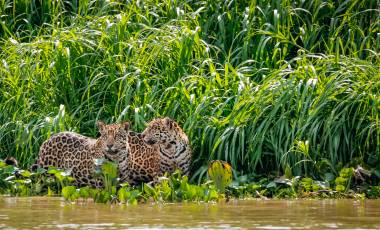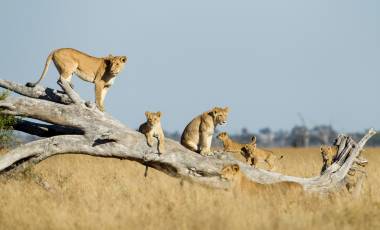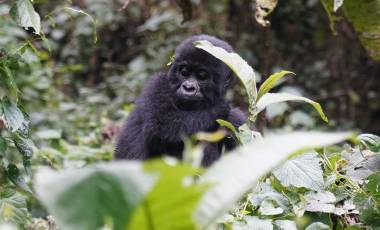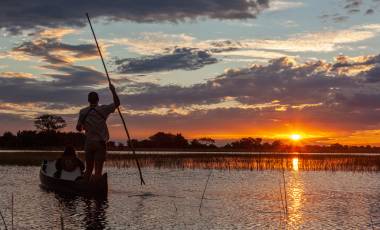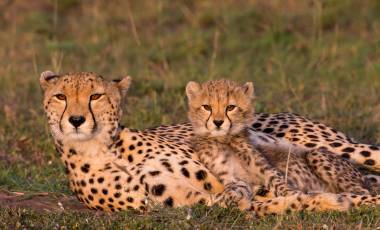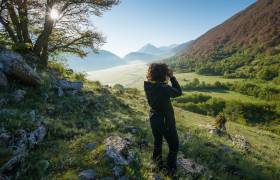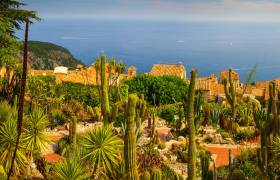Read time – 3 minutes
We caught up with our very own wildlife expert Paul Goldstein to get his thoughts on the BBC’s latest natural history offering… Big Cats.
“Big budget, big results, big cats… and some quite small ones too!
Paul Goldstein on Big Cats
I am a cat junky, dappled and striped forms slink and stroll through my thoughts perpetually, each day I focus on them through my cerebral viewfinder and gorge on an ever-evolving diet of catfights and flaps on Youtube.
When I guide I am almost jealous of safari virgins that are yet to see their first leopard, cheetah, tiger or jaguar, knowing the rush they will feel and the addiction it will kick-start.
 Ocelot in the Pantanal, Brazil (Image by Paul Goldstein)
Ocelot in the Pantanal, Brazil (Image by Paul Goldstein)
Big Cats is delightfully Ronseal in its titling. For years, as I leafed through endless coffee table wildlife books I would always skip to the spotted and tawny pages, being less inspired by the interesting yet hardly box office secondary species.
I know many pious wildlife fans that will immediately pick me up on my broad faunal brush but let’s be honest, it is the cats that quicken the pulse more than the ruminants and invertebrates! There’s been some criticism that some footage has been used before but if you had filmed for 24 months, you wouldn’t mind a bit of syndication.
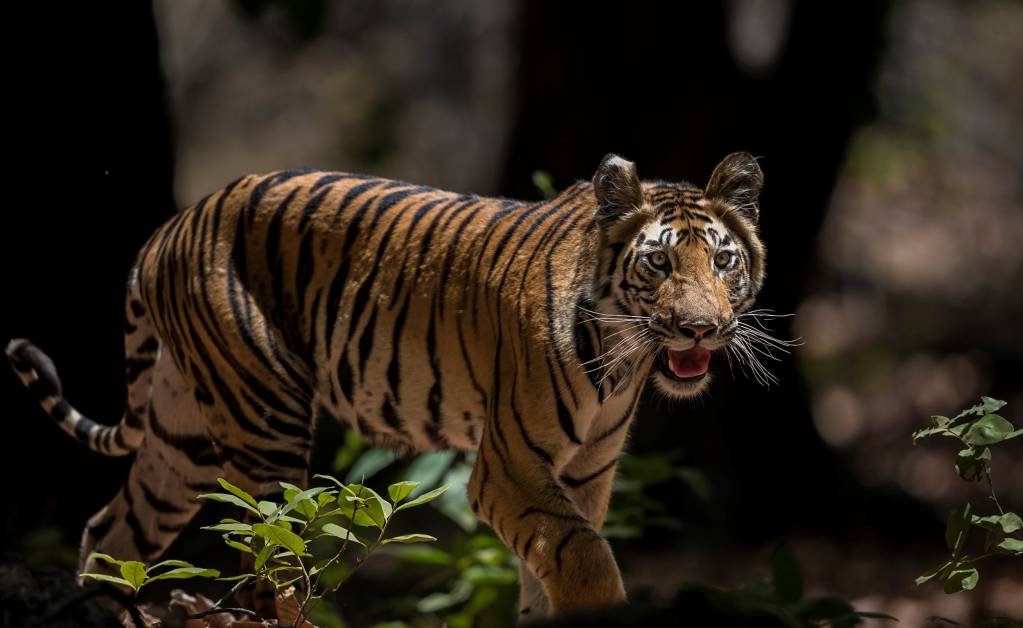 Young Bengal Tiger in India (Image by Paul Goldstein)
Young Bengal Tiger in India (Image by Paul Goldstein)
The show is only three episodes, but I fear one too many. I am writing this before the last one airs but having seen the preview I worry it will by too worthy and, more importantly, it appears they may have run short of material so have shoehorned in a human angle to what should just be animals.
I hope I am wrong, but all too often these series become like a West End show – demanding one too many curtain calls.
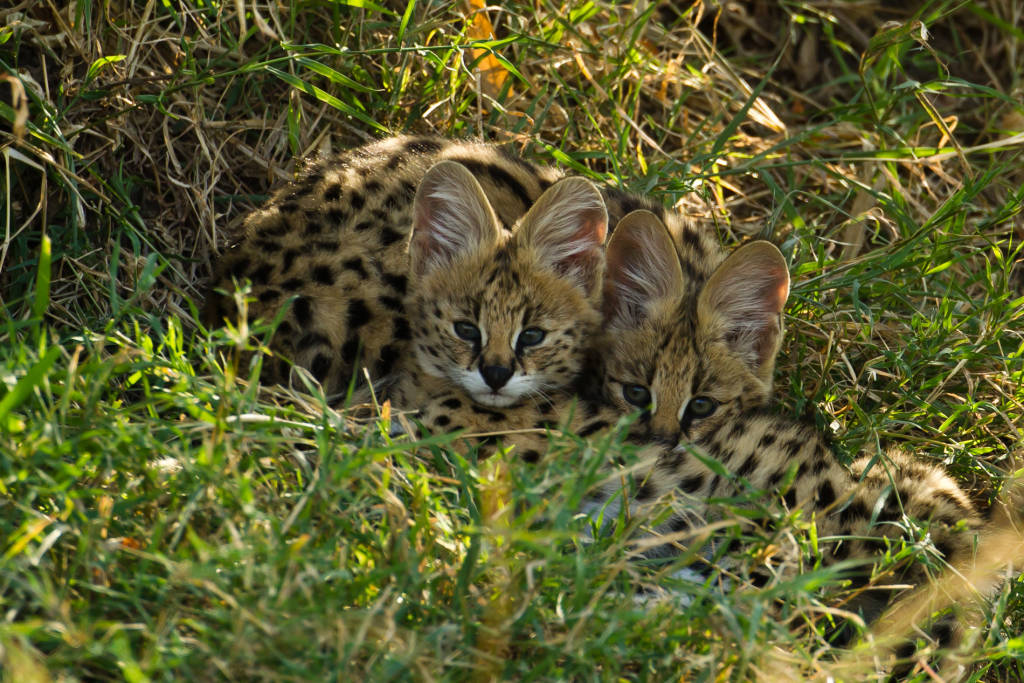 Pair of Servals in the Masai Mara (Image by Paul Goldstein)
Pair of Servals in the Masai Mara (Image by Paul Goldstein)
The utter joy of the first two shows has not been so much the marquis animals but the smaller (big) ones. However, having spent much of the last twenty five years trying for that ever-elusive image, I can only marvel at the skills employed to put this incredible footage into our living rooms.
I also marvel at the budget (surely this is what the license fee is for?), not mind-neutering reality bilge. Judging by the audience figures, it seems one or two others agree with me.
 Leopard in the Masai Mara (Image by Paul Goldstein)
Leopard in the Masai Mara (Image by Paul Goldstein)
Jaguars and leopards, as well as the Canadian lynx, were good but the use of radio-collared animals compromises it for me… precious, perhaps, but surely this was not necessary with leopards? I saw better ones in the Mara last week and as one of the easier cats, I thought they settled for second or third-rate footage.
A whisker of DNA away is the jaguar, but a turtle-eating one? Surely not, but the night footage of it approaching was like a 50s horror flick! I, like most, thought these armoured mammals would just retreat inside their impregnable shell, a turtle recall if you like, but this cat has immensely powerful jaws and crushed the inch-thick protection like an ostrich-egg.
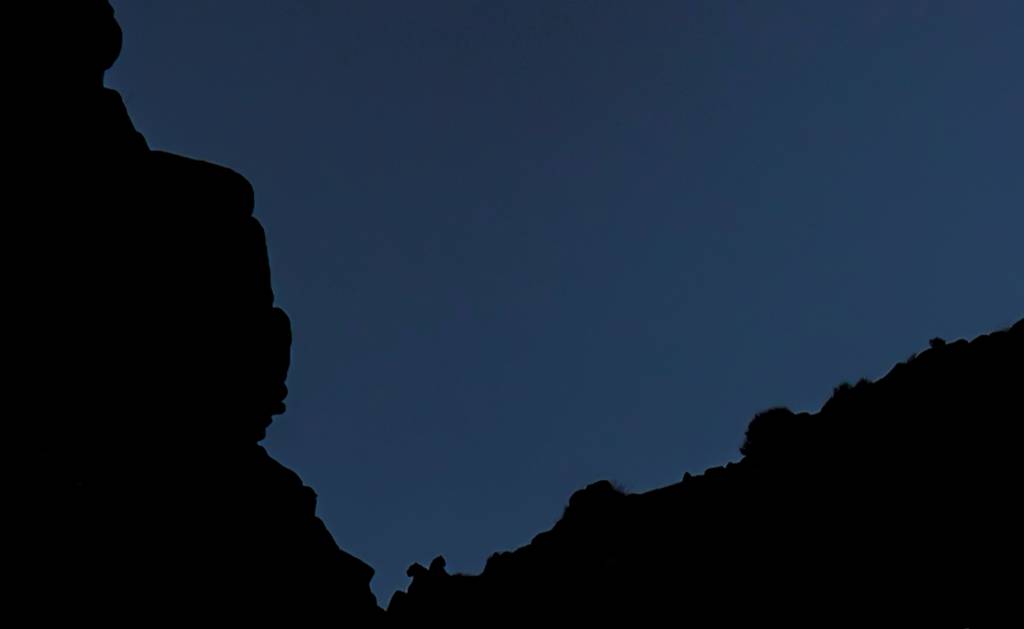 Silhouettes of two Snow Leopards in Ladakh (Image by Paul Goldstein)
Silhouettes of two Snow Leopards in Ladakh (Image by Paul Goldstein)
Now from A+ to B-: whoever filmed the Black-footed cat has to live with missing the moment of capture. This cat is the most lethal of any, with a strike rate superior to Harry Kane, surely they could have done better? Also, whoever insisted on such dramatic music must start understanding that this sort of imagery does not need any sort of additional melodrama or hyperbole.
I have never much loved the Penn and Teller end section where people with better jobs than us tell us how they filmed these sequences. I like not knowing, enraptured by the sorcery and mystery, plus I’d simply prefer another ten minutes of the cat surfeit, not technicians crying on camera.
This brought a tiresome human emotion into a show that was thankfully void of anthropomorphic nonsense. Maybe a whole show on the making would be better than interrupting the ground-breaking class A footage.
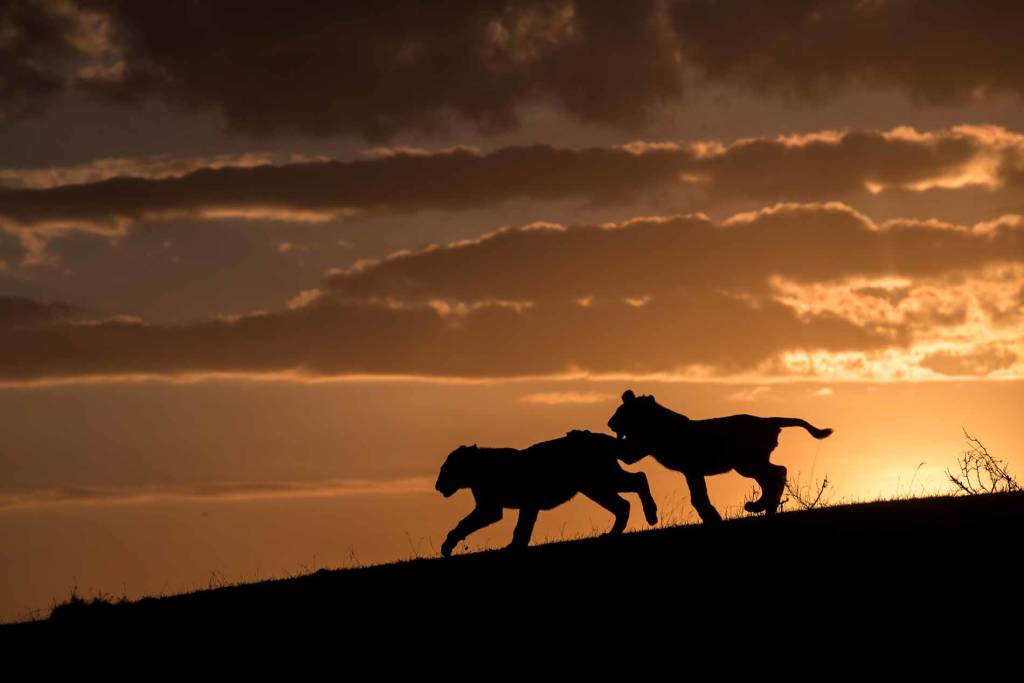 Lions playing
Lions playing
These are brush-strokes though, as it was as good a documentary as I have ever seen, the narration thankfully spare and not patronising and the final serious message brilliant and harrowing in its simplicity.
“We just need to leave them some space.” Yes, we do, but until corrupt governments and poachers stop seeing them as a simple profit source this problem will not go away. This eulogy is not going to turn into a rant, so I will leave it there – the cats have got my tongue!”
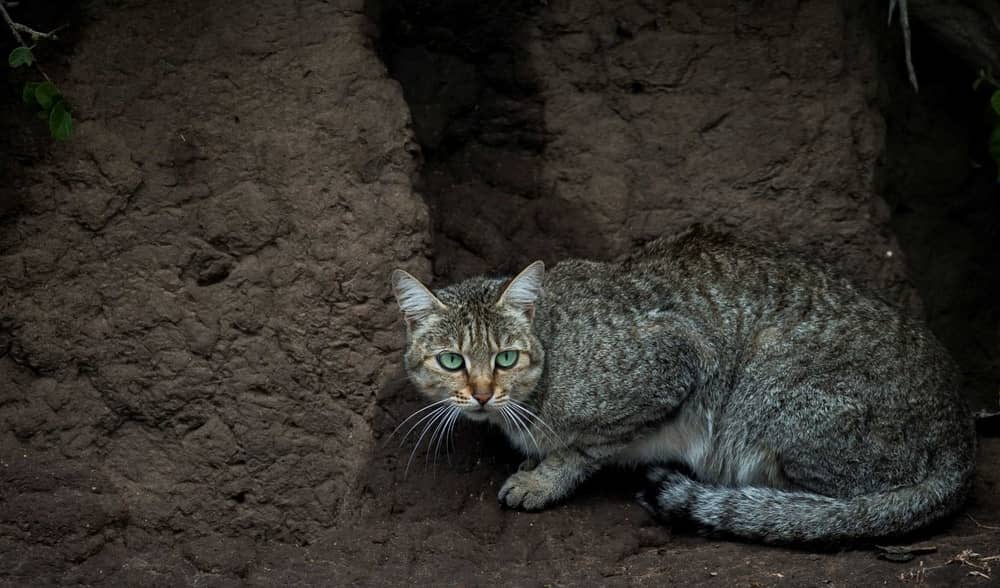 African Wild Cat in the Masai Mara, Kenya (Image by Paul Goldstein)
African Wild Cat in the Masai Mara, Kenya (Image by Paul Goldstein)
Ready to go your own big cat safari? Browse our holidays below.


